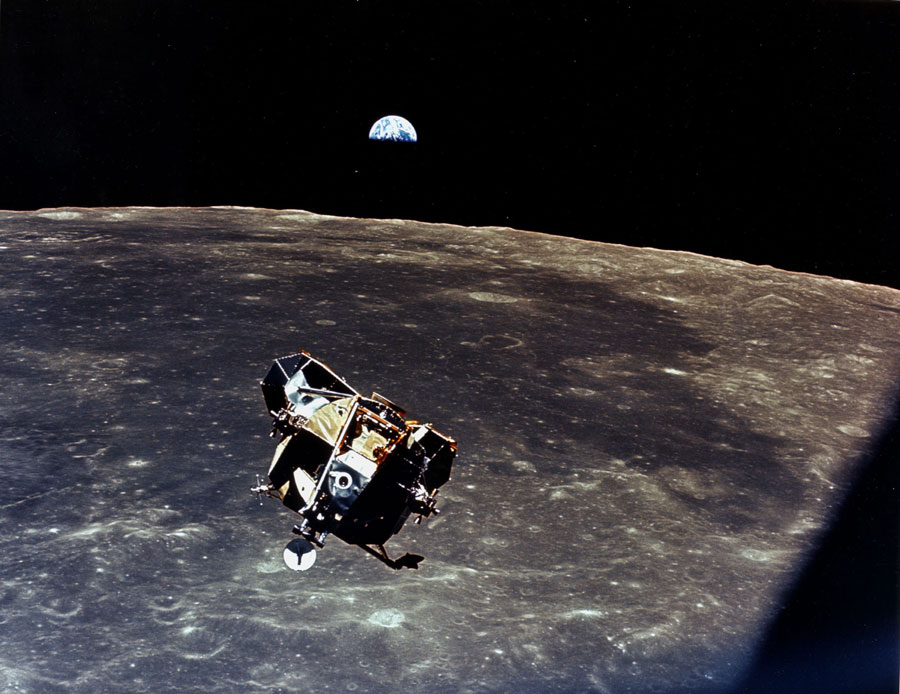Introduction
Earth is the third planet from the sun and is the only planet in the solar system that can sustain life. Our Earth is about five billion years old, but life as we know it has only existed about 300,000 years. To put this into perspective, if Earth’s existence is the length of a year, humans would have arrived on December 31, at 8:30 PM. Because of the unique environmental features and chemical composition, Earth has the ability to be protected from solar winds and provide for biological life.

History
Earth is the only planet not to be named after a god or goddess. Instead, its name comes from the Anglo-Saxon word “erda” which means “ground” or “soil.” The Earth was commonly referred to as Gaea by the Greeks. Gaea was “Mother Earth” in their mythology. Gaea was Mother Goddess to all the Greeks, having given birth to Earth, the Greek gods, the Titans, and giants. Prior to the 16th century, Ancient scientists believed that all of the planets orbited around the Earth. Copernicus was the first to counter this idea.

Size & Scale
Earth’s rotations are gradually slowing down at a rate of 17 milliseconds per 100 years. In 140 million years, the length of a day will increase from 24 hours to 25 hours! Earth has a nickel-iron core that is constantly in rapid motion. It creates a strong magnetic field around the Earth and protects from solar winds. Of all the planets, the Earth has the largest density. Many people think that the Earth is perfectly round; however, it is actually pear shaped! The top pushes in while the bottom bulges out. The southern hemisphere is slightly larger than the northern hemisphere, giving the odd pear shape. The poles are also slightly flattened.

Environment and Terrain
Earth is 71% water, which is equal to 326 million trillion gallons of water! There is enough water on Earth to cover the entire surface with one inch of water. However, about 1/10 of the Earth’s surface is permanently covered with ice. Earth’s atmosphere is about 77% Nitrogen and 21% Oxygen. Free oxygen is rare because oxygen is highly reactive. Without biological life on Earth, this free oxygen would not exist.

Orbiting Bodies
The moon (Luna) is the sole orbiting body of the Earth. It was formed 4.6 billion years ago. The leading explanation for the formation of the moon is that a large asteroid roughly the size of Mars crashed into Earth, throwing debris that was caught in Earth’s gravitational pull. The moon has a vast amount of crater’s, which have commonly been referred to as “The Man on the Moon” based on the shape of a face they can form. The moon take 27.3 days to rotate on its axis and to orbit the Earth. The moon’s gravity pulls on the Earth as well, creating the high and low tides we associate with Earth’s oceans. During an eclipse, the moon and the sun are in a straight line. A lunar eclipse takes place when the Earth gets directly between the sun and moon, while a solar eclipse occurs when the moons gets between the Earth and sun. The first spacecraft to impact the moon was from the Soviet Union in 1959. Neil Armstrong was the first man on the moon, having landed in 1969 to take the first steps of humankind on the moon’s surface.

Missions
Neil Armstrong
- The first man to walk on the moon during the Apollo 11 mission in 1969.
- Graduated from Purdue University in 1955 with a Bachelor of Science degree in Aeronautical Engineering.
Eugene A Cernan
- Module pilot for the Apollo 10 mission that dealt with making sure all of the qualifications to go to the moon were satisfied.
- He was the second American to walk on the moon as the commander of the 1972 Apollo 17 mission to the moon.
- He is the last man to have left footprints on the moon.
- He is one of two men to have flown to the moon on two different occasions.
Janice E. Voss
- Worked on the Shuttle Radar Topography Mission that mapped more than 47 million square miles of the Earth’s surface.
